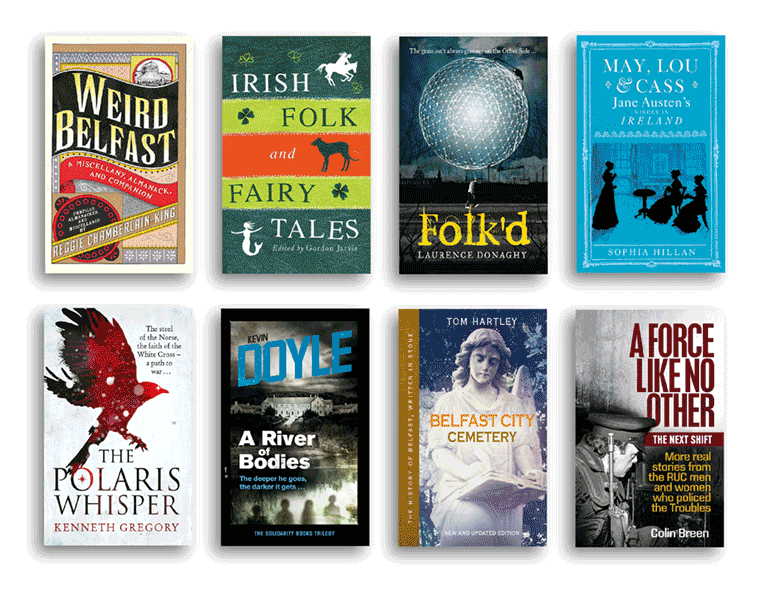A manuscript assessment is a look at the ‘big picture’, so no amendments will be made to your manuscript. Instead, I will read through your manuscript in full, paying close attention to, and making copious notes on, the overall plot, story arc, pacing, characterisation, narrative points of view (POV) and structure. I will then produce a report that assesses your manuscript, flagging up any potential structural issues, and offering constructive analysis, notes and suggestions, showing where the writing is strong, and where it could perhaps be improved.
A manuscript assessment can often be a good alternative to a full developmental edit, particularly for writers on a tighter budget, who are confident in their text and their ability to fully utilise constructive, detailed feedback.
This is where a story is tested to ensure that it holds up under scrutiny. Is your plot watertight, or filled with unlikely events or coincidences? Are your characters developed and believable? Do they act in a way that’s consistent with their personalities? Do you shift point of view (POV) mid-chapter? Plot, story arc, pacing, consistency, structure, characterisation, and narrative POVs … all these elements, and more, will be put to the test to ensure that your readers stay immersed in the world you have created.
During a developmental edit, I will work with you to make sure your story is as tight as possible. I will go through your manuscript, highlighting and trying to resolve any lingering issues; raising questions on aspects of the text that are unclear, or may need development; and offering suggestions on anything that may need a bit of revision. These suggestions will always, to the best of my ability, mirror your authorial and narrative voice.
I will also produce a workbook unique to your manuscript that contains a wealth of character, plot, and chapter information, which will be useful for any copyeditor or proofreader that follows.
This type of edit takes a careful look at your manuscript, focusing on grammar, spelling, style, consistency, and punctuation issues at sentence level. While developmental editing looks at what you are saying, copy-editing concentrates on how you say it.
I will work through your manuscript line by line, raising questions on sentences or sections that are unclear or may need development, and offering suggestions if there are any areas that may need a bit of revision. If you write in English as a second language (ESL), I can do a rewrite of any words or phrases that stand out and help make these read a little more smoothly.
I will also produce a style sheet unique to your manuscript. This is a list that includes, but is not limited to, terms, names, places and events that may be uncommon, tricky or inconsistent. It is useful for any proofreader that follows, and can also form the basis for SEO terms, book metadata and, for non-fiction, a basic ‘names and places’ index.
Proofreading comes into play when a book has been typeset (see below) and is in its final stages before print. It is at this point that any final text errors – grammar, spelling or punctuation – and layout problems are addressed to ensure that the book is ready for publication.
I will work through your book – body text, running heads, display quotations, captions, footnotes, appendices, page numbers, etc. – and mark up any errors. I will check that your layout is consistent, uniform, and standardised, and that all content is present and correct.
I can proofread on hard copy print out or PDF and can use BSi editing/proofreading marks.
Typesetting
Most writers produce manuscripts in a ‘raw’ format – using Word, Google Docs or OpenOffice, for instance – but to produce a document that is suitable for print, this text needs to be typeset: laid out in a print- or eBook-friendly format using specialised design software. The aim is to present the text in a way that is accessible and that creates the best reading experience for your audience.
I will use Adobe InDesign to design your page. I look at page size, fonts, line spacing, margin width, running heads, page numbers, etc., and once we have found a layout that you are happy with, will use it to turn your text into a book-ready format, ready to print.
Correction setting
If, after setting, you enlist the help of a proofreader, I can incorporate all the approved changes – whether marked up with BSi marks or comments – into your final document.
I can also offer the following bespoke services:
The honest answer: it depends.
Every book is different. Some are more complicated than others; some will require a heavier mark up; and some will take longer due to the length, subject matter or the level of writing. As a result, my rates do vary.
I can work several ways: at a rate per 1,000 words; at an hourly rate; or to an agreed flat fee for the project, and I base my rates on those set by the Chartered Institute of Editors and Proofreaders (here).
Once we have had a chance to discuss your book and your requirements, and once I have seen a representative sample of your manuscript, I can provide you with a bespoke quotation.
In the meantime, please note that the following factors will impact upon that quotation:

